Table of content
Passion fruit, with its vibrant purple or yellow exterior and tangy-sweet pulp, is a tropical treasure loved worldwide for its unique flavor and nutritional benefits. Whether enjoyed fresh, blended into juices, or used as a garnish for desserts, this exotic fruit adds a burst of tropical flair to any dish. However, like many delicate fruits, passion fruit has a relatively short shelf life, and improper storage can lead to premature spoilage, loss of flavor, or texture degradation. To help you savor the essence of this tropical delight for longer, this comprehensive guide explores science-backed methods, practical tips, and creative solutions for preserving passion fruit’s freshness, flavor, and nutritional value.
Understanding Passion Fruit: Why Proper Storage Matters
Passion fruit (Passiflora edulis) thrives in warm, humid climates and is native to South America. Its thick, leathery rind protects a gelatinous pulp filled with crunchy, edible seeds. The fruit’s high water content (approximately 73%) and natural sugars make it susceptible to microbial growth, while its thin skin offers minimal protection against environmental factors like moisture, oxygen, and temperature fluctuations.
When harvested, passion fruit undergoes a ripening process that involves softening of the rind and a shift in sugar-to-acid ratios. Overripening can cause the rind to wrinkle, the pulp to ferment, and the seeds to lose their crunch—all signs that the fruit’s quality is declining. Proper storage isn’t just about extending shelf life; it’s about maintaining the balance of flavors, textures, and nutrients that make passion fruit so irresistible.
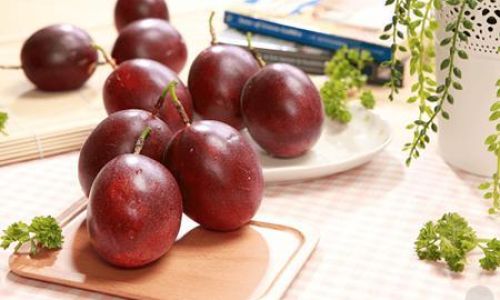
Key Factors Affecting Passion Fruit Freshness
Before diving into storage methods, it’s essential to understand the environmental factors that influence how long passion fruit stays fresh:
- Temperature: Warmer temperatures accelerate ripening and spoilage, while cold temperatures can cause chill injury if not managed correctly.
- Humidity: Excess moisture promotes mold growth, while dry conditions lead to dehydration and shriveling.
- Oxygen Exposure: Air accelerates oxidation, which can dull the fruit’s flavor and color.
- Ethylene Gas: Passion fruit is sensitive to ethylene, a natural plant hormone released by some fruits (e.g., bananas, apples) that speeds up ripening.
By controlling these variables, you can significantly prolong the fruit’s usability.
Storage Methods: From Countertop to Freezer
Room Temperature Storage (For Unripe Fruit)
If your passion fruit is underripe (firm, smooth rind), storing it at room temperature (60–70°F or 15–21°C) is ideal. Place the fruit in a single layer in a well-ventilated bowl or basket, away from direct sunlight. Avoid plastic bags, which trap moisture and promote mold. Check daily for ripeness—the rind will soften slightly and develop a subtle wrinkled texture when ready.
Pro Tip: To hasten ripening, place passion fruit in a paper bag with a banana or apple, which emit ethylene gas.
Refrigeration (For Ripe Fruit)
Once ripe (wrinkled rind but no signs of mold), refrigeration is the best way to slow down spoilage. Follow these steps:
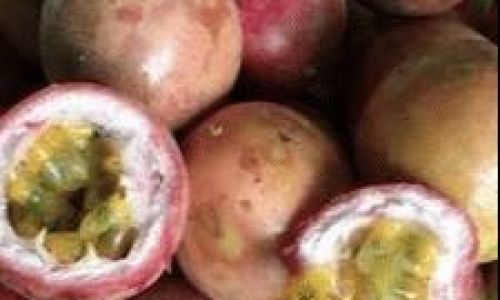
- Do Not Wash: Water accelerates decay. Clean the fruit only before use.
- Use Perforated Bags: Store passion fruit in a breathable produce bag or a loosely closed plastic container with paper towels to absorb excess moisture.
- Optimal Temperature: 45–50°F (7–10°C) in the crisper drawer. Avoid freezing temperatures, which damage the rind and pulp.
Shelf Life: Refrigerated passion fruit can last 2–3 weeks, depending on ripeness.
Freezing (For Long-Term Preservation)
Freezing is ideal for preserving passion fruit pulp for smoothies, sauces, or desserts. Here’s how:
- Preparation:
- Slice the fruit in half and scoop out the pulp.
- Strain the pulp to remove seeds (optional, depending on preference).
- Mix with a teaspoon of lemon juice per cup of pulp to prevent browning.
- Storage:
- Pour the pulp into ice cube trays or freezer-safe bags.
- Label with the date and freeze.
Shelf Life: Frozen pulp retains quality for 8–12 months. Thaw in the refrigerator before use.
Pro Tip: Freeze whole passion fruit by placing them on a baking sheet until solid, then transferring to a bag. The rind will darken, but the pulp remains usable.
Dehydration (For Powder or Chips)
Dehydrating passion fruit concentrates its flavor and extends shelf life indefinitely.
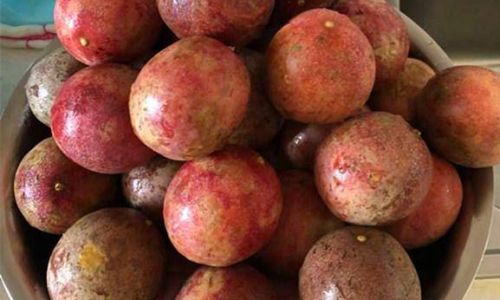
- Method 1: Oven Drying
- Preheat the oven to 135°F (57°C).
- Slice the fruit into thin rings, remove seeds, and arrange on a baking sheet.
- Dry for 6–8 hours until crisp.
- Method 2: Food Dehydrator
Follow the manufacturer’s instructions, typically 8–10 hours at 135°F.
Storage: Store dehydrated slices or powder in airtight jars in a cool, dark place.
Juice or Syrup Preservation
For liquid storage:
- Juice: Blend the pulp, strain, and mix with sugar (1:1 ratio). Boil for 5 minutes, then pour into sterilized jars.
- Syrup: Simmer passion fruit pulp with equal parts sugar and water until thickened. Store in sealed bottles.
Shelf Life: Refrigerated juice/syrup lasts 2–3 months; canned versions last up to a year.
Common Mistakes to Avoid
- Storing Unripe Fruit in the Fridge: Cold temperatures halt ripening, leaving you with tasteless, hard fruit.
- Overcrowding: Packing passion fruit too tightly promotes moisture buildup and mold.
- Ignoring Ethylene Sensitivity: Keep passion fruit away from ethylene-producing fruits.
- Thawing at Room Temperature: Rapid thawing causes texture breakdown; always defrost in the fridge.
Creative Uses for Stored Passion Fruit
Preserved passion fruit isn’t just for emergencies—it’s a culinary powerhouse!

- Frozen Pulp: Blend into morning smoothies or cocktails.
- Dehydrated Powder: Add to yogurt, oatmeal, or baked goods for a flavor boost.
- Syrup: Drizzle over pancakes, ice cream, or cheesecake.
- Pickled Rind: Simmer the peel in vinegar, sugar, and spices for a tangy condiment.
Signs of Spoilage to Watch For
- Mold: Fuzzy green or white spots on the rind.
- Off Odor: A fermented or sour smell indicates spoilage.
- Mushy Texture: Overripe fruit becomes overly soft and leaks juice.
- Discoloration: Dark patches or oozing pulp signal decay.
When in doubt, discard it!
The Science Behind Preservation
Passion fruit’s high moisture content makes it a breeding ground for microbes like Penicillium and Rhizopus molds. Refrigeration slows enzymatic activity and microbial growth by 50–70%, while freezing halts it entirely. Dehydration reduces water activity (aw) below 0.6, making it inhospitable for most pathogens.
Conclusion: Savoring Tropical Freshness Year-Round
With the right techniques, passion fruit can transition from a fleeting seasonal treat to a year-round ingredient in your kitchen. Whether you opt for refrigeration, freezing, or dehydration, the key lies in understanding the fruit’s biology and tailoring your approach to balance convenience and quality. By avoiding common pitfalls and embracing creative preservation methods, you’ll ensure that every dish bursts with the sun-kissed flavor of the tropics—long after the last fruit has been picked.
So go ahead, stock up on passion fruit during peak season, and experiment with these storage hacks. Your taste buds (and your future self) will thank you! 🌺🍹
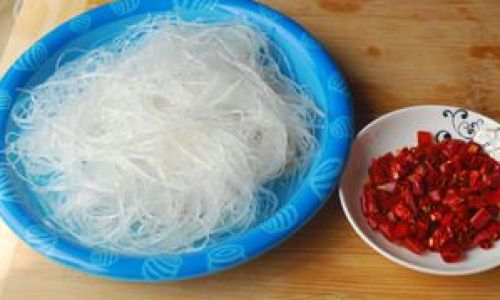
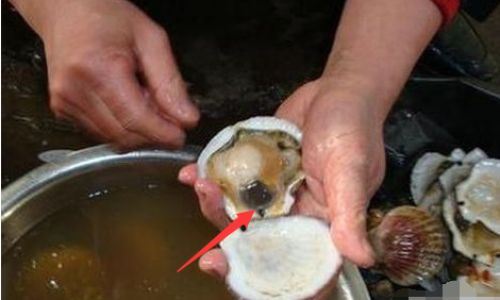
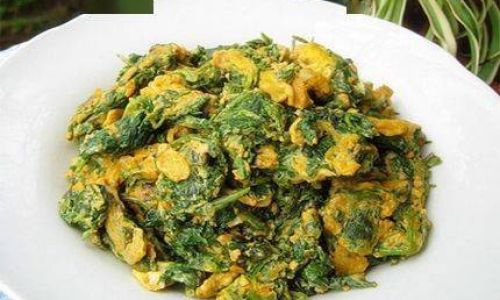
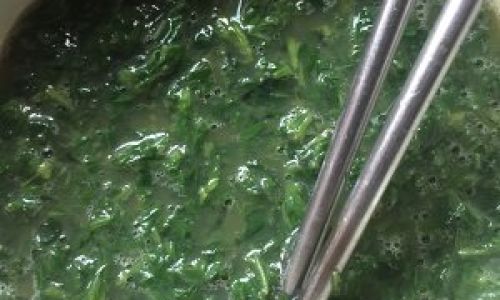

0 comments